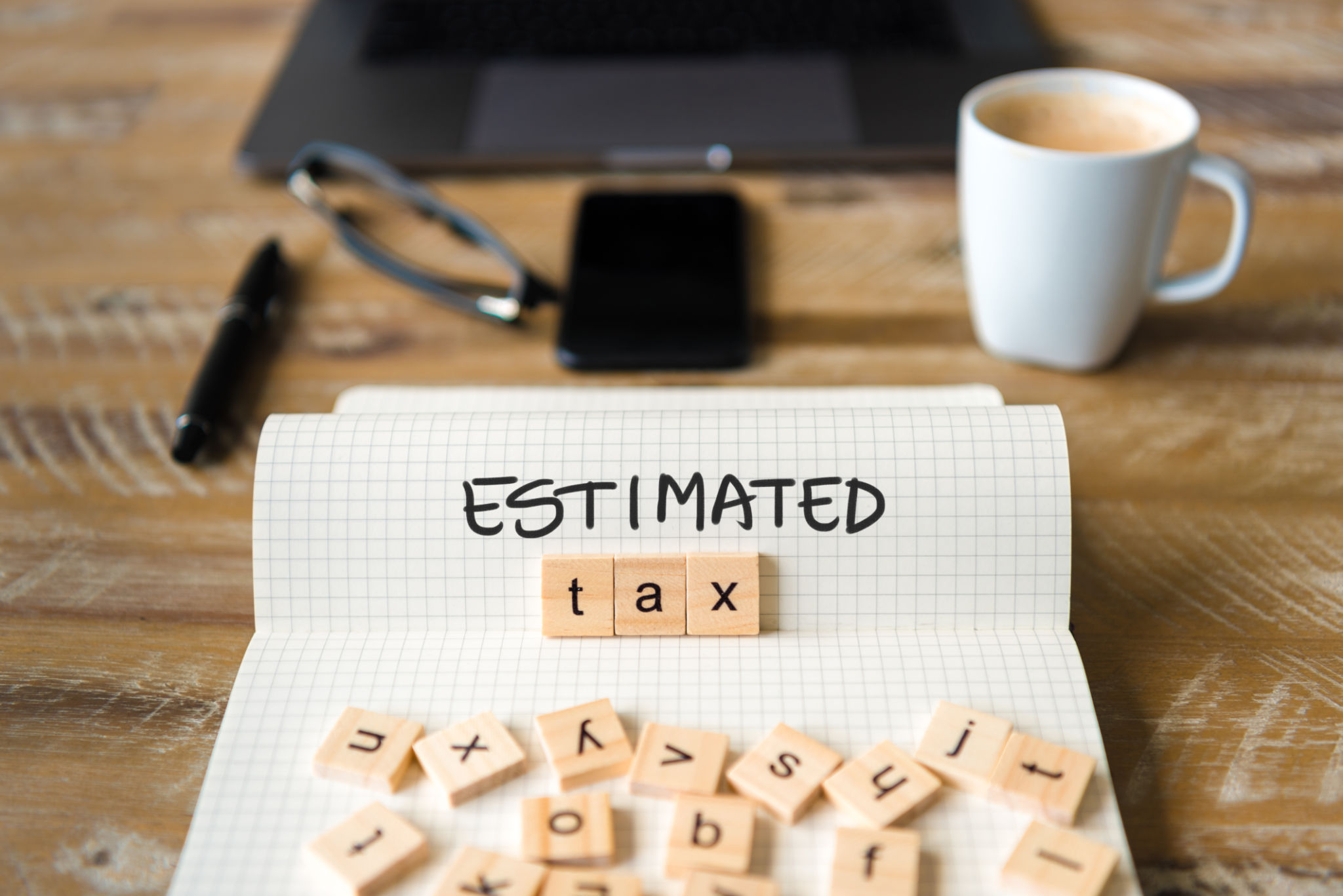Seasonal Tax Tips: Preparing for End-of-Year Taxes
GD
Understanding Your Tax Bracket
As the year comes to a close, it's crucial to understand your tax bracket. Knowing where you stand can help you make informed financial decisions. Tax brackets are determined by your taxable income and filing status, such as single, married filing jointly, or head of household. Make sure to review any changes in tax laws that might affect your bracket.

Reviewing your income statements and identifying your current bracket allows you to plan any end-of-year actions. For example, if you're on the cusp of a higher tax bracket, you might consider deferring income or increasing deductions to lower your taxable income.
Maximize Deductions and Credits
Deductions and credits can significantly reduce your taxable income and overall tax liability. Common deductions include mortgage interest, state and local taxes, and charitable contributions. Consider making additional charitable donations before the year's end to maximize deductions.
Tax credits can be even more beneficial as they directly reduce the amount of tax you owe. Some popular credits include the Child Tax Credit and the Earned Income Tax Credit. Be sure to review eligibility requirements for each credit to ensure you qualify.

Organize Your Financial Documents
One of the most important steps in preparing for end-of-year taxes is organizing your financial documents. Gather all W-2s, 1099s, and other income-related documents. Keeping receipts for deductible expenses is also essential for accurate reporting.
Consider using tax preparation software or consulting a tax professional to help organize and review your documents. Having everything in order will streamline the filing process and help avoid potential penalties or audits.

Consider Retirement Contributions
Contributing to retirement accounts such as a 401(k) or an IRA can lower your taxable income while also building your retirement savings. If you haven't reached the contribution limit, consider making additional contributions before December 31st.
Some contributions may also be eligible for a tax credit, such as the Saver's Credit, which further reduces your tax liability. Review contribution limits and deadlines to ensure you're maximizing these benefits.
Plan for Estimated Taxes
If you're self-employed or have other sources of non-withheld income, it's important to plan for estimated taxes. Failing to pay enough throughout the year can result in penalties. Review your estimated tax payments and make any necessary adjustments before the year's end.

Use IRS Form 1040-ES to calculate estimated tax payments and ensure you're meeting quarterly deadlines. Proper planning will help you avoid a large tax bill in April and keep you in good standing with the IRS.
Consult a Tax Professional
If navigating taxes feels overwhelming, consulting a tax professional can provide peace of mind. A professional can offer personalized advice based on your financial situation and help you identify opportunities for savings.
Whether you choose an accountant or a tax preparation service, investing in expert guidance can prevent costly mistakes and ensure you’re taking full advantage of available deductions and credits.
